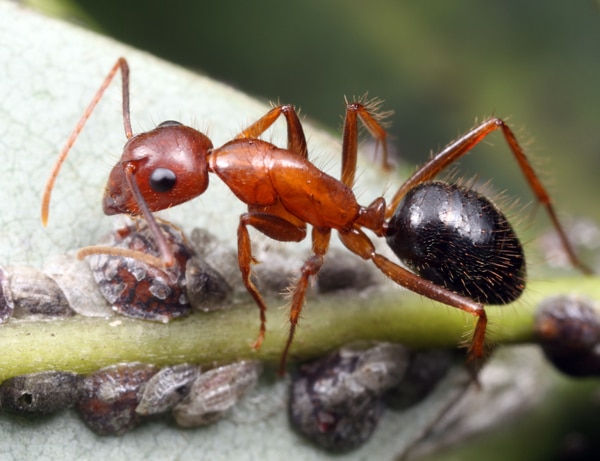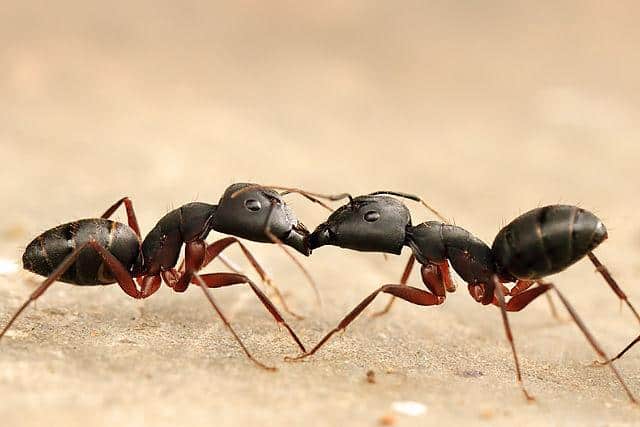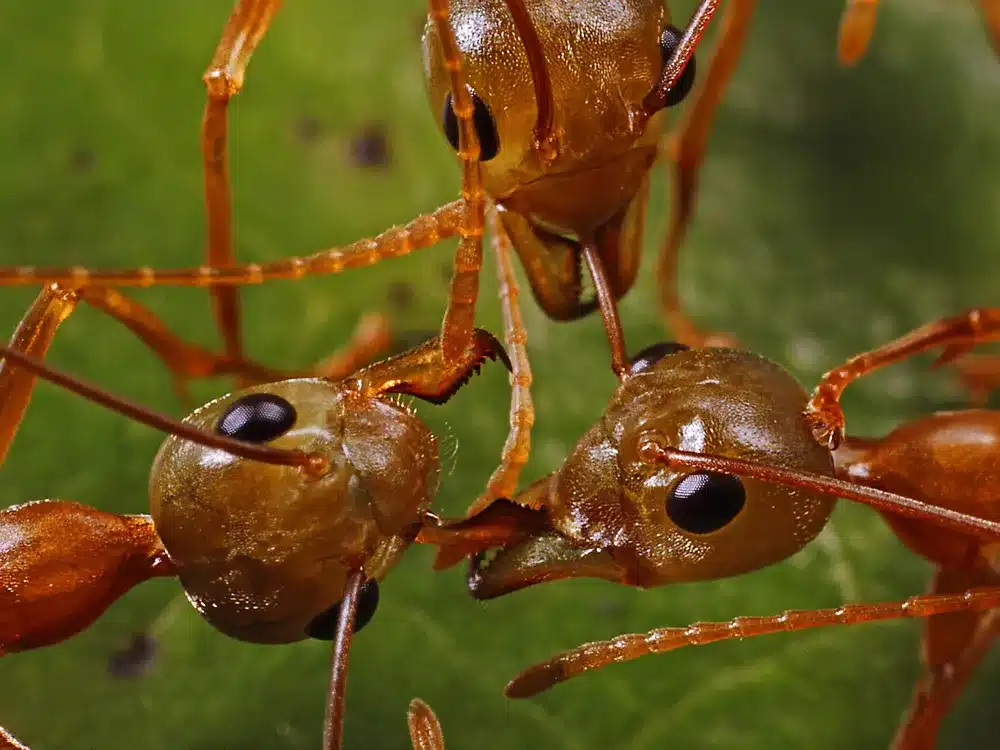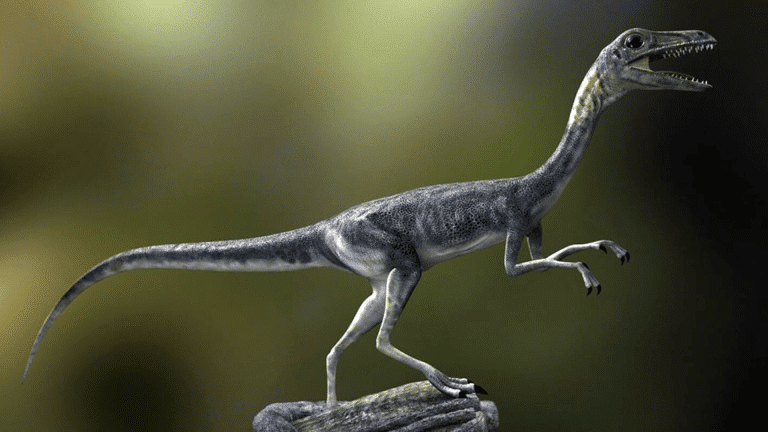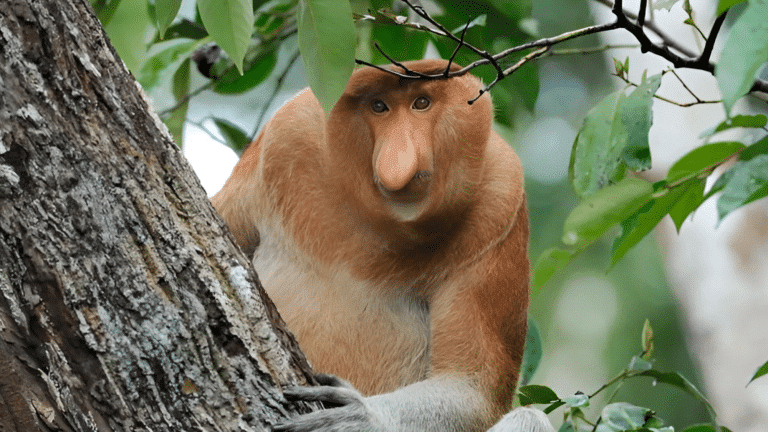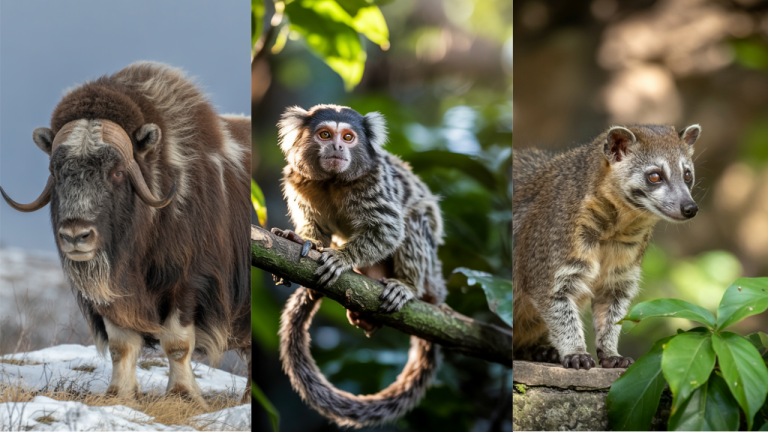Have you ever heard about an animal that doesn’t have a nose? Isn’t it weird? But you heard it right.
Regarding the animal kingdom’s diversity, one might think of different shapes, sizes, and habitats. However, an often overlooked aspect is the presence of noses.
Some animals rely on their noses for essential functions, such as smelling, breathing, and communication.
Well, it’s an A\ant. It is the only exceptional animal that navigates its world without a traditional nose.
In this exploration, we will delve into the unique adaptations of this common animal that don’t have noses.
An Animal that Does Not Have a Nose
Ants are part of the Hymenoptera order. And they have developed an amazing way to sense and talk in their complex groups.
Even though you can’t see it, ants have special sensory parts, like antennae, which are crucial for their sense of smell.
However, these ant antennae come with special detectors called chemoreceptors. They use these to pick up on pheromones, important chemical signals for communication in the ant colony.
These signals carry information about food, danger, and even the queen’s presence. By moving their antennae in specific ways and understanding the pheromone trails, ants have their fancy language to navigate their world.
Various Adaptations for Survival
Ants are good at surviving in different places, even without a traditional nose. For example, the Sahara Desert Ant has special hairs on its body that can feel which way the wind is blowing, helping it move around in tough environments.
There are many types of ants, and each one is good at living in different homes. Some ants, like the leaf-cutter ants, grow fungus in gardens, while others, like army ants, work together to raid places.
These little insects have smart ways to survive that don’t rely on having a regular nose. Isn’t it amazing?
How Do Ants Communicate?
Do you ants use smelly trails to find food or warn about danger? This chemical connection is crucial for getting things done in their group. As ants follow these trails, they strengthen them, creating fast roads to important resources.
Even without a regular nose, ants are great at picking up on these smells. Their antennae work like super-sensitive detectors, helping them understand the different messages and make smart choices for the whole family.
How Do Ants Connect and Live Together?
Ants don’t just talk with chemicals; they also touch each other to keep their group strong. They do something called trophallaxis, where they share a special liquid with important nutrients by regurgitating it. This kind of group feeding helps ants bond and keeps everyone healthy.
Ants also use their antennae to touch each other and share information about what they need and where they stand in the ant community.
Through gentle touches and antenna movements, ants work together like a family.
Other Animals That Don’t Have a Nose
Other animals do not carry an external nose but can still breathe perfectly without any internal issues.
Let’s have a look at them.
- Fish: Fish lack external noses and breathe through gills, extracting oxygen directly from the water in their diverse aquatic habitats.
- Snakes: Snakes do not have a distinct external nose; instead, they use specialized structures in their mouth to detect scent particles and rely on unique respiratory adaptations.
- Insects: Insects like ants and butterflies lack prominent noses and breathe through tiny tubes called tracheae distributed throughout their bodies.
- Worms: They include earthworms and flatworms, lack a defined nose, and rely on their skin for gas exchange, absorbing oxygen and releasing carbon dioxide.
- JellyFish: Jellyfish, simple invertebrates, do not possess a nose; they absorb oxygen from the surrounding water through their thin, gelatinous bodies.
- Amphibians: Amphibians, like frogs and salamanders, often have simple nostrils but lack a prominent external nose, using a combination of lungs and moist skin for respiration.
- Cnidarian: Cnidarians, including corals, lack a nose and rely on diffusion to obtain oxygen from the water, showcasing a primitive yet effective respiratory mechanism.
Interested in learning more? Check out our previous blog, where we’ve covered the animals that start with t in detail!
Summing It Up
All in all, even though ants don’t have a nose, they are still successful in evolution. They communicate well using pheromones and have strong social structures.
However, looking at ants shows us how diverse and tough life on Earth can be, even when creatures don’t have regular noses. They find clever ways to move around and do well in nature.
Ants might not have a visible nose like other creatures or humans, but they have incredible tricks.
So, explore to learn more about some fascinating facts about the existence of these living creatures on Earth now!
Frequently Asked Question
Do All Creatures Have a Nose?
Yes, absolutely! Most of the creatures have one nose with two nostrils. But the only difference is their placement in the body. It varies from animal to animal.
Which Animal Cannot Smell?
The only animal that has a low sensing capability is the Dolphin. That’s because they do not have the nerve to carry smell information from their nose to their brain, so they cannot smell at all.
Whose Ears Can Be Seen?
Animals that have visible ears are dogs, cats, elephants, cows, buffaloes, horses, rabbits, lions, tigers, and donkeys. These amazing creatures use their sharp hearing to hunt for food and talk to each other.
Which Animal Has One Nose?
The animals that have only one nose are dolphins and whales. Usually, dolphins have one hole on top of their head called a blowhole. They use it to breathe in and out. They can hold their breath for a long time when they swim underwater. But when they come up to the surface, they exhale and breathe new air.
Has An Elephant a Nose?
An elephant’s trunk is like a long nose combined with its upper lip. They have fingers that can grab small things at the end of their trunk.


